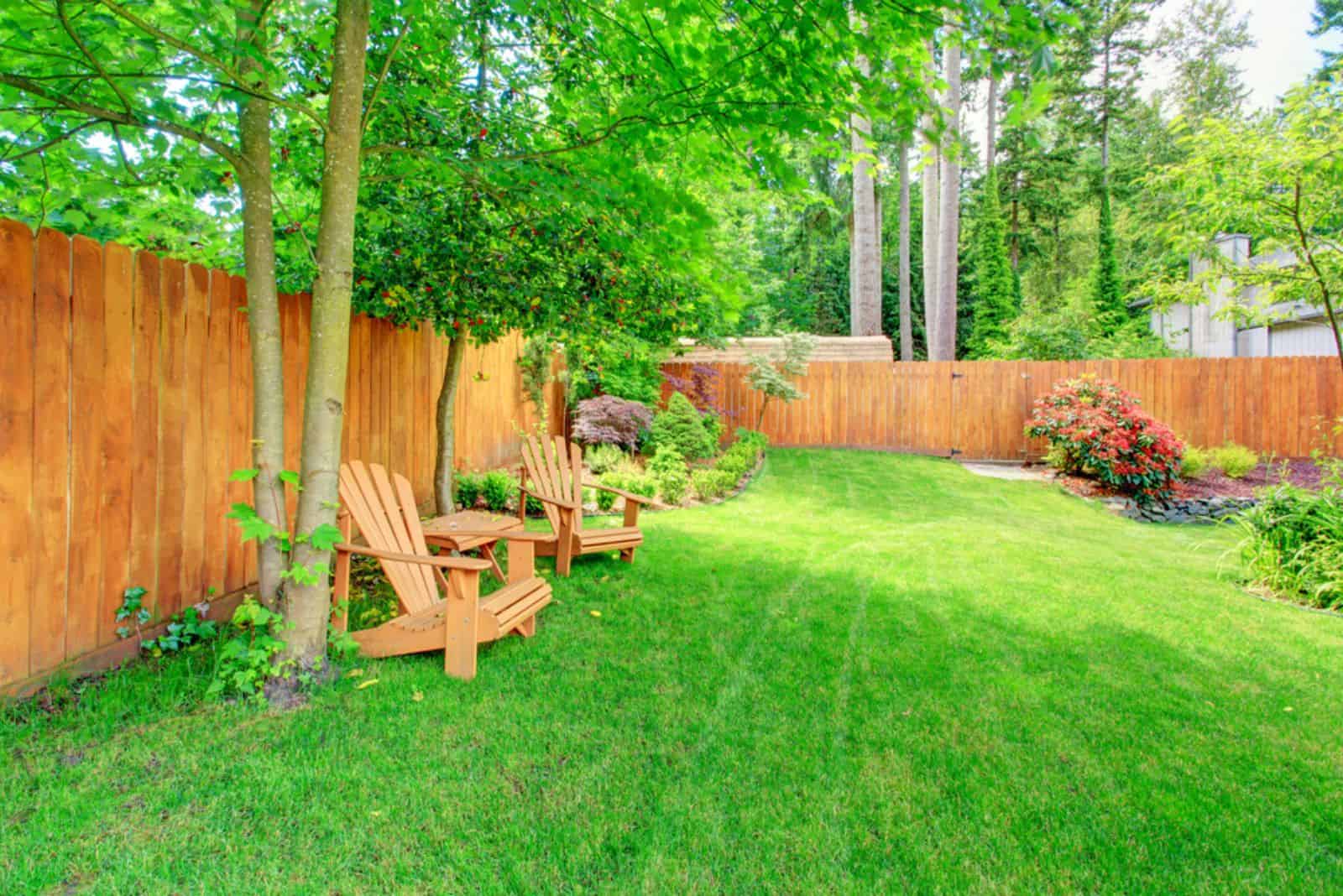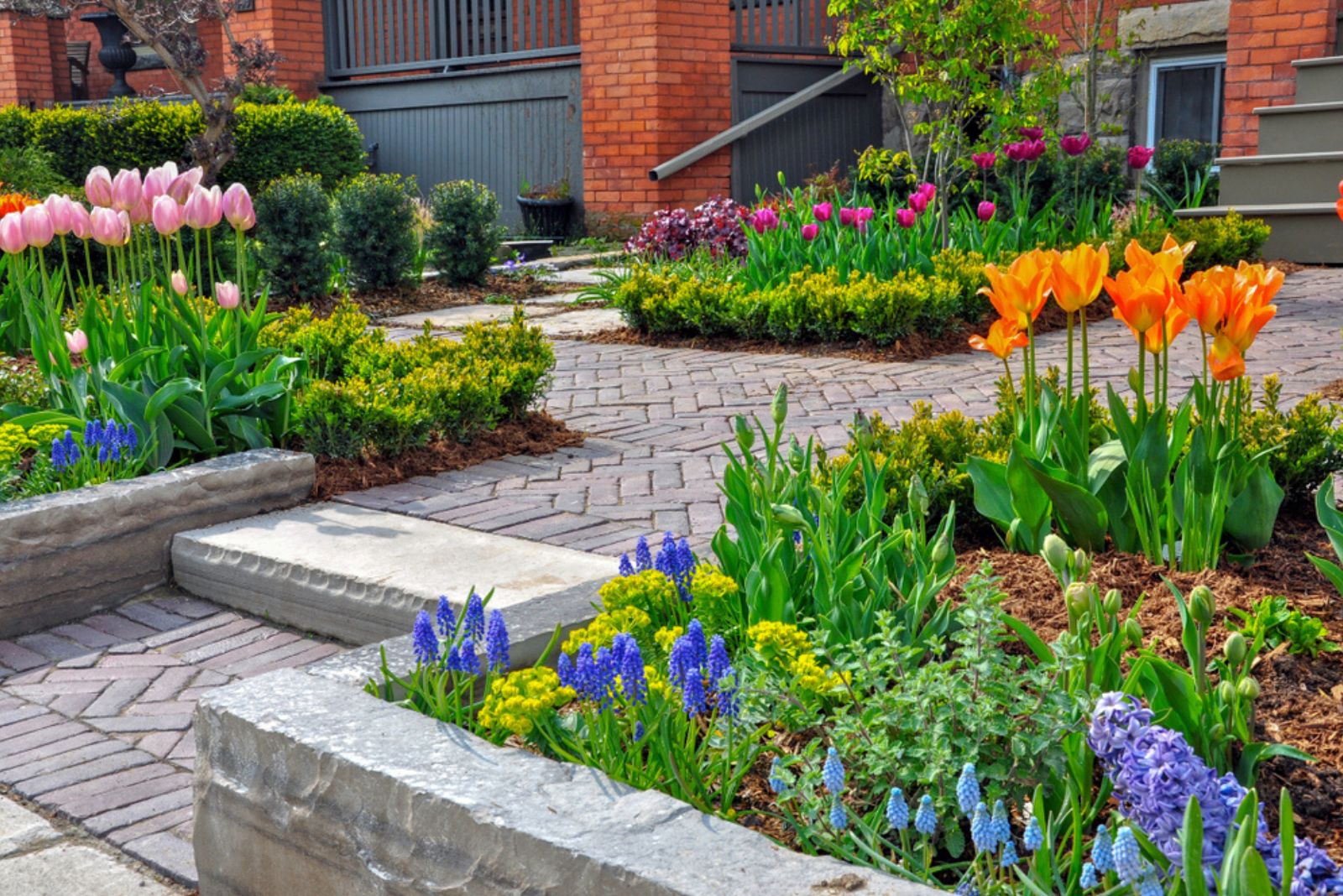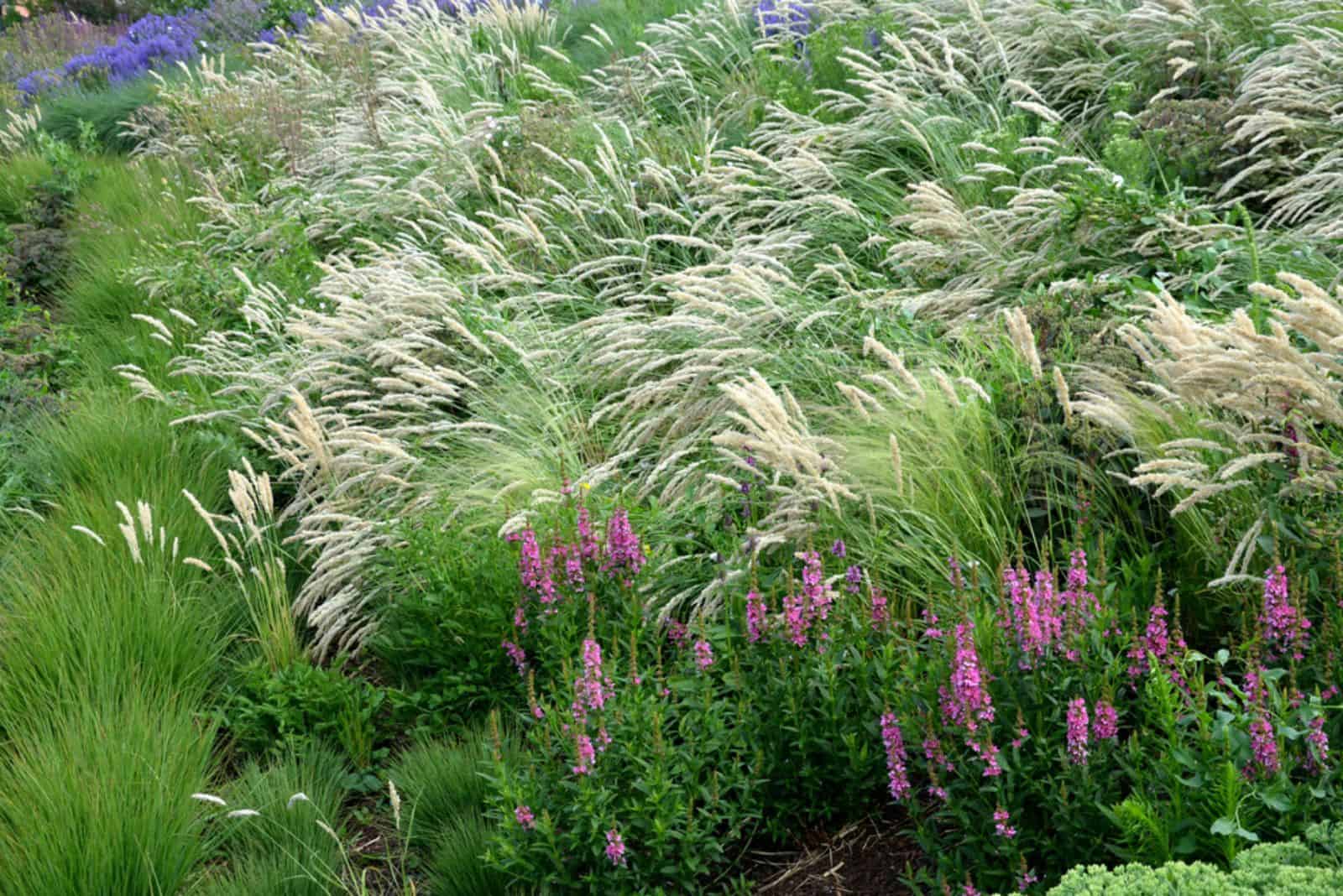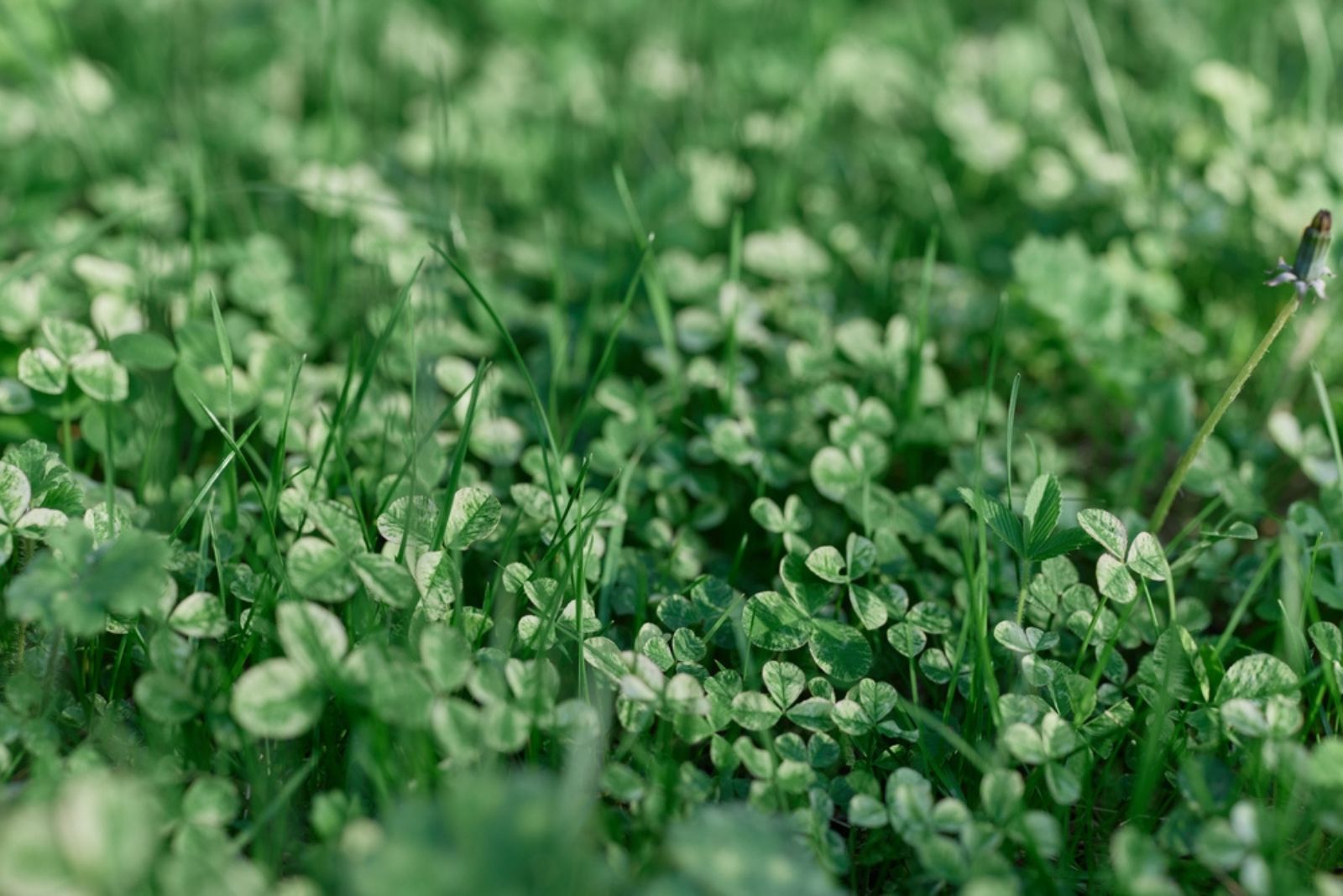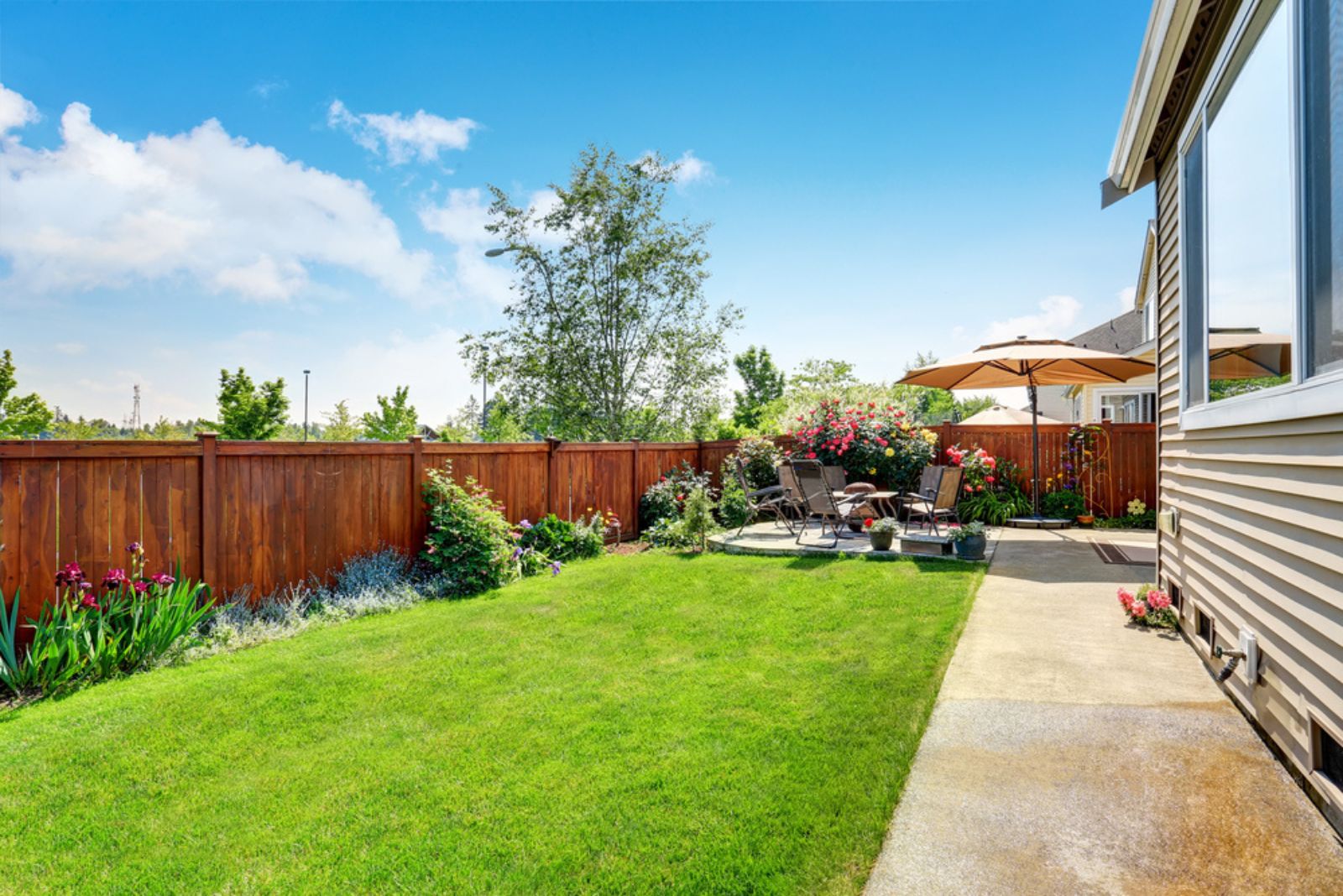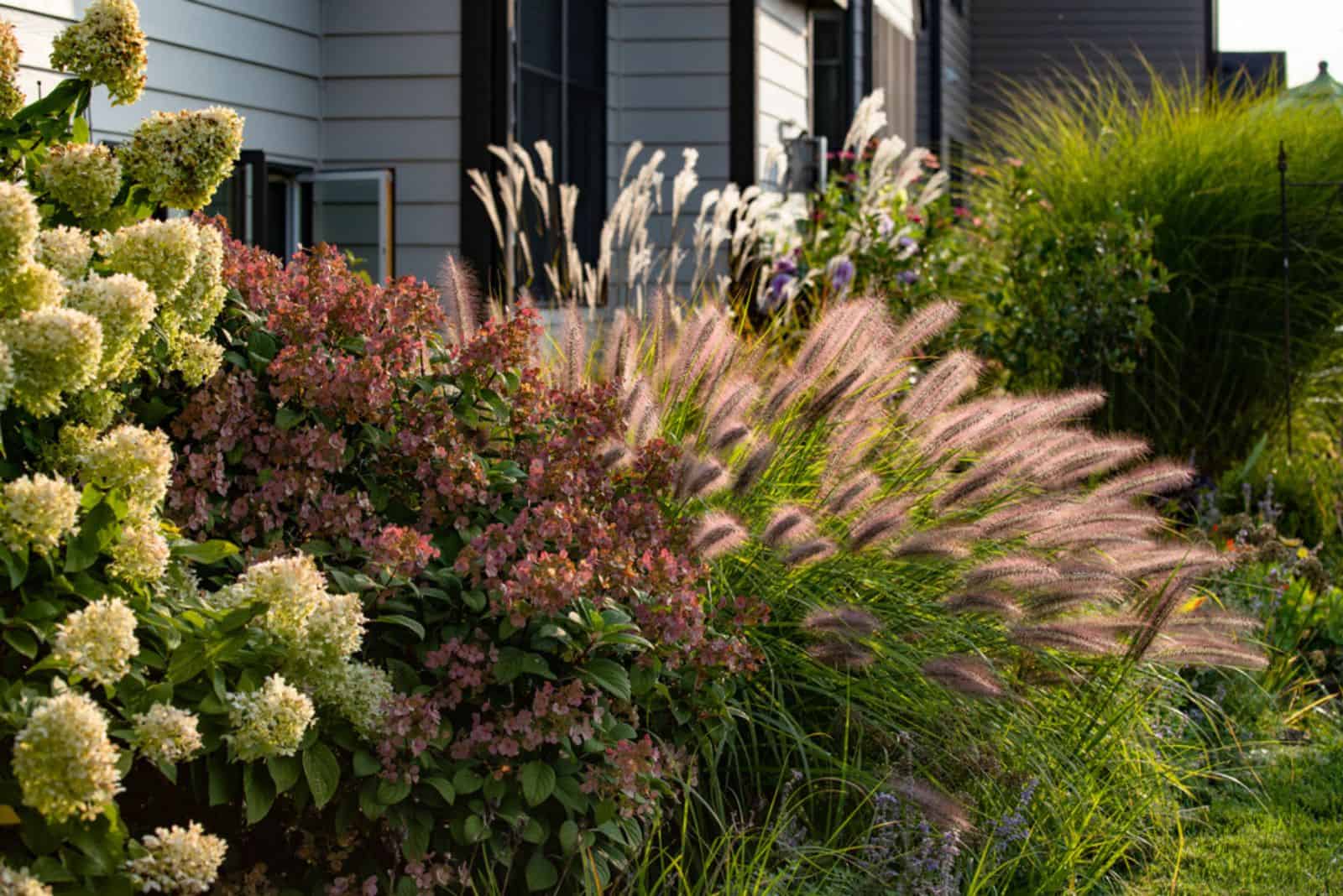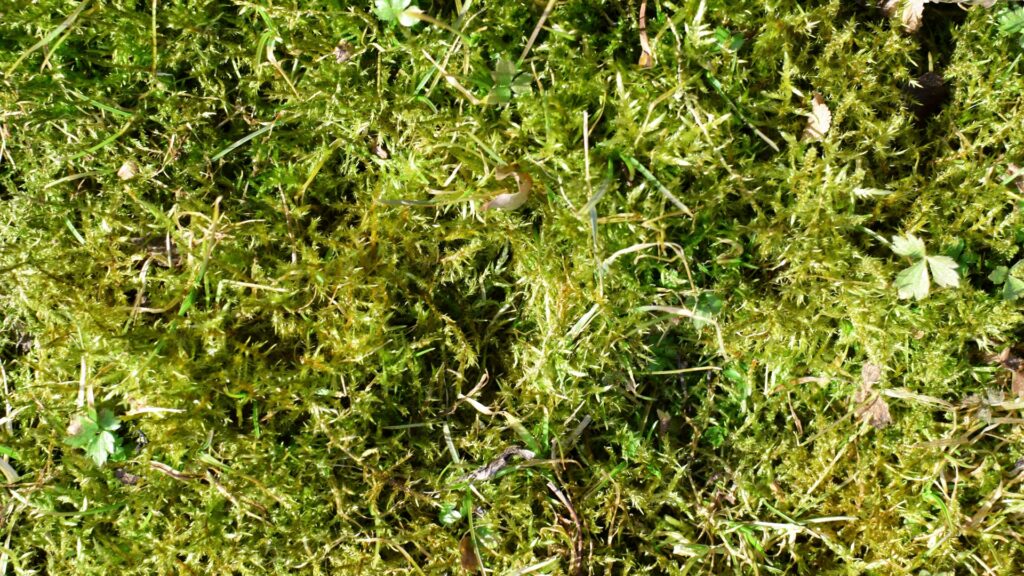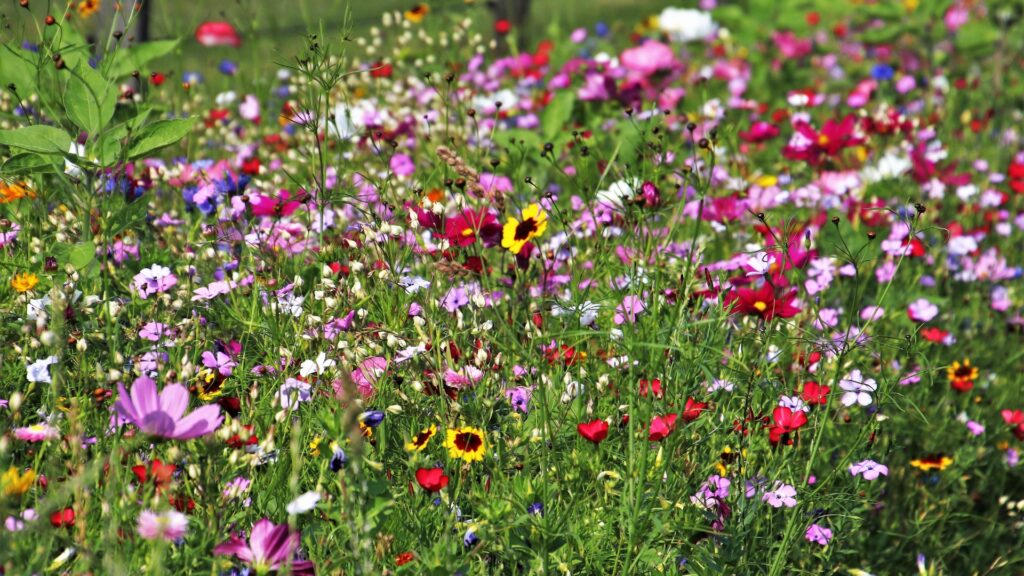A thick, green lawn has become a quintessential part of Americana, but what if you can’t maintain one? We all know how expensive it can get to constantly water and frequently fertilize a lawn.
Luckily, there’s a solution to this. There are low-maintenance alternatives to grass lawns that don’t require too much work. These budget-friendly landscaping designs are also sustainable, so you’ll be helping the environment along the way!
Let’s dive in and explore them together!
1. Hardscape
Hardscaping is just landscaping with solid materials such as rocks and stones, slate, gravel, pebbles, and sand. You might have heard of it under a different name – desertscapes.
It is a sustainable alternative to lawn grasses, especially in regions such as Nevada, Arizona, and Texas, where maintaining lawns can be tricky and expensive.
There are many affordable desert designs you can try out, such as growing cactuses, succulents, and other drought-tolerant plants. Incorporate some native ornamental grasses and rock pathways, and you’ll get a stunning low-maintenance hardscape.
They’re perfect for smaller backyards as it’s easy to walk on the stepping stones and relax in a seating area built under a pergola!
2. Prairie Lawn
Little House on the Prairie was one of my favorite books growing up.
And if you’re like me and love the books (or the show), bringing a prairie vibe to your backyard is a great idea. This look includes drought-resistant native plants, tall grasses, and all sorts of wildflower plants.
It is a perfect midwestern landscape, but it also works well in other regions where these hardy ornamentals can grow. And if you’re lucky, your local nursery will have a prairie starter kit you can try out!
3. Microclover
We’re used to seeing clover as a weed, but the micro version of it is an excellent ground cover that can introduce more greenery into your landscape.
And lately it’s gained in popularity among homeowners due to its affordability and sustainability. You don’t have to maintain it as much as lawn grasses, especially when it comes to watering.
Microclover flourishes in shade and sunshine, requires no fertilizer, and you don’t even have to mow it. But if you do, it will grow back to its old fluffy self.
4. New American Garden
The New American Garden is similar to the prairie landscape because it also calls for the use of native plants for lawns and gardens. Another common sight in these landscapes are tall grasses.
According to James van Sweden, one of the founders of the New American Garden, the landscapes were created to be interesting in all four seasons. Grasses dry and turn a golden color, so they’re wonderful in the fall and winter, van Sweden observed, and dried petals… catch snow.
To make this kind of landscape, plant a bunch of perennials and native wildflowers.
Van Sweden reminds that their designs did not feature lawn but tapestry-like plantings and perennials, and masses of the same plant—3,000 black-eyed Susans instead of six.
Therefore, this kind of landscape with plenty of natives all around requires less maintenance in terms of watering and mowing, and suppresses weed growth at the same time.
5. Ornamental Grasses And Mulch
Ornamental grasses and mulch is the perfect combo for no-maintenance gardens. These plants are drought-resistant and you can water them even less after mulching, which slows down moisture evaporation from the soil.
It also suppresses weed growth, so you’ll have to tend your garden even less.
Purple pampas grass is perfect for this setting as it doesn’t require much care other than an annual prune. And to add more texture, layer the mulch in different colors, such as wood bark and chips, coco hull, straw, gravel, or pebbles.
This setting is perfect for drier locations but if you live in a rainy region, don’t be afraid to plant liriope or mondo grass.
6. Moss Lawns
If you live in a damp, shady region, a moss lawn is a fantastic alternative to traditional grass. Unlike grass, moss thrives in low-light conditions and doesn’t require mowing, fertilizing, or frequent watering. Plus, its lush, velvety texture provides a soft, inviting carpet of green that remains vibrant year-round.
Moss also acts as a natural air purifier, absorbing pollutants and excess moisture from the environment. To create a moss lawn, remove any existing grass, keep the soil moist, and introduce native moss varieties such as cushion moss or sheet moss.
Over time, they’ll spread and form a beautiful, maintenance-free ground cover.
7. Meadow Garden
For a wild and natural look, consider turning your yard into a colorful meadow filled with native wildflowers, low-growing grasses, and pollinator-friendly plants. Meadow gardens attract butterflies, bees, and birds, making your outdoor space an ecological haven while reducing the need for constant upkeep.
To get started, choose a mix of perennials and self-seeding annuals like coneflowers, black-eyed Susans, and yarrow.
Let nature take its course, and soon, your yard will be bursting with color throughout the seasons. Occasional trimming may be needed, but compared to traditional lawns, this alternative requires far less water, fertilizer, and maintenance.
Finally, some homeowner’s associations have restrictions when it comes to alternatives to grass lawns, so make sure to contact them before undergoing these large projects.
If they give you the green light, go ahead and give your home the curb appeal you’ve always wanted.
Until next time!

